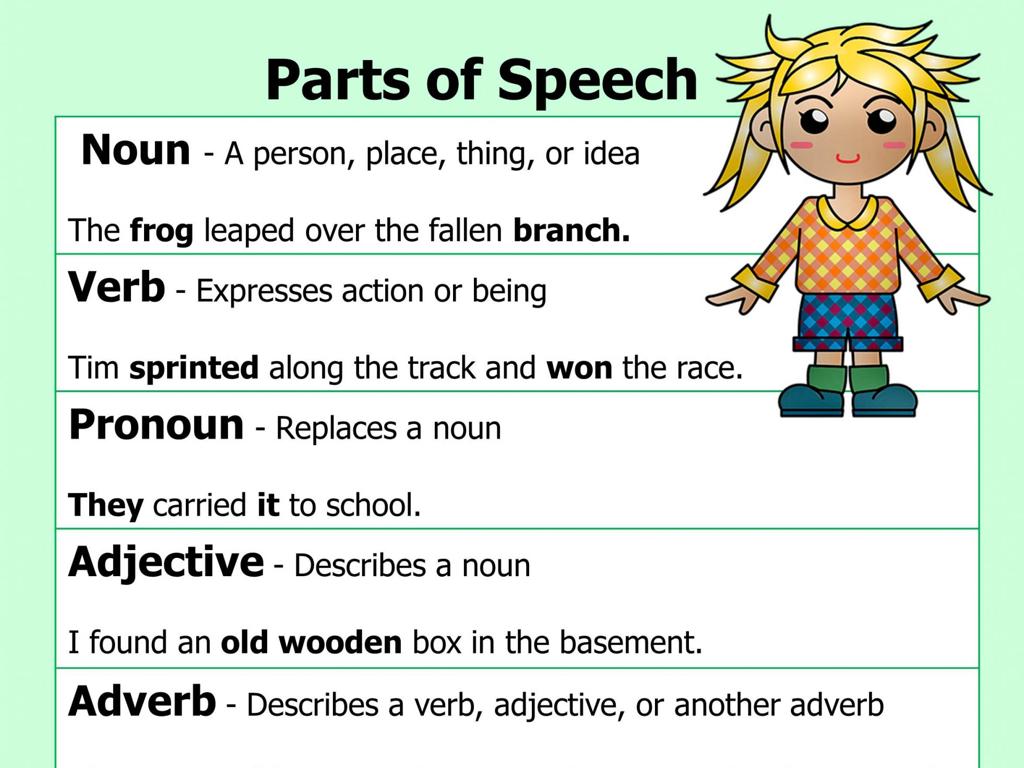600 Bce - 600 Ce Second-Wave Civilizations
Subject: Arts and humanities
Grade: High school
Topic: World History
Please LOG IN to download the presentation. Access is available to registered users only.
View More Content
Exploring Second-Wave Civilizations
– Timeline: 600 BCE – 600 CE
– What are Second-Wave Civilizations?
– Societies that developed complex structures post-Neolithic Revolution
– Major civilizations of the era
– Examples: Rome, Han China, Gupta India, and the Maya
– Cultural and political impact
– Innovations in governance, art, and technology that shaped history
|
This slide introduces students to the concept of Second-Wave Civilizations, a term used to describe the complex societies that emerged after the Neolithic Revolution. These civilizations are characterized by their advanced social structures, innovations, and lasting cultural impacts. The timeline sets the historical context for this period, which saw the rise and fall of some of the most influential civilizations in human history, such as the Roman Empire, Han Dynasty, Gupta Empire, and the Maya civilization. Students should understand how these societies contributed to the development of governance systems, artistic expressions, and technological advancements that have had a profound influence on subsequent generations. Encourage students to think about the legacies of these civilizations and how they continue to affect our world today.
Characteristics of Second-Wave Civilizations
– Centralized governments
– Empires with strong leadership, e.g., Roman Empire, Han Dynasty
– Complex religions
– Rise of major belief systems like Buddhism, Christianity
– Economic systems
– Development of trade routes like the Silk Road
– Social hierarchies
– Defined class systems, often with a ruling elite and laboring classes
|
This slide outlines the key characteristics that define the Second-Wave Civilizations from 600 BCE to 600 CE. Centralized governments refer to the emergence of powerful empires with structured leadership and bureaucracy. Complex religions and philosophies include the spread and influence of major belief systems and philosophical thought that shaped cultures and societies. Economic systems and trade networks highlight the establishment of extensive trade routes and marketplaces that facilitated the exchange of goods, ideas, and culture. Lastly, social hierarchies and class structures point to the stratification of society into distinct classes with specific roles and privileges. Examples include the caste system in India and the patrician-plebeian divide in Rome. These elements combined to form the backbone of civilizations during this period, setting the stage for future development and interaction between societies.
Major Second-Wave Civilizations Overview
– The Roman Empire’s impact
– Explored politics and culture, setting foundations for Western civilization.
– Han China’s innovations
– Advanced technology and governance, including the civil service system.
– India’s Maurya and Gupta Empires
– Focused on religion and society, Buddhism and Hinduism flourished.
– Persian Empires’ governance
– Known for their administration and cultural influence across regions.
|
This slide aims to provide a snapshot of the major civilizations during the period of 600 BCE to 600 CE. The Roman Empire is noted for its political structure and cultural contributions, which have greatly influenced Western civilization. Han China is recognized for its technological advancements and the early use of a civil service system that influenced future governance. The Maurya and Gupta Empires in India are highlighted for their role in the development and spread of major religions and societal structures. Lastly, the Persian Empires are acknowledged for their effective administrative strategies and their cultural influence over a vast territory. Encourage students to explore how these civilizations have shaped the modern world and to consider the legacies that continue to impact us today.
Cultural and Technological Achievements: 600 BCE – 600 CE
– Roman architectural marvels
– Aqueducts, amphitheaters, and roads showcasing engineering prowess
– Chinese innovative inventions
– Papermaking, the compass for navigation, and silk for trade
– Indian contributions to math & astronomy
– Decimal system development and celestial body mapping
– Persian artistic and architectural legacy
– Ornate palaces and intricate reliefs reflecting cultural richness
|
This slide highlights the significant cultural and technological advancements made by second-wave civilizations between 600 BCE and 600 CE. Roman architecture and engineering set the foundation for modern infrastructure with their durable roads, aqueducts, and large-scale amphitheaters. Chinese inventions like paper, the compass, and silk had a profound impact on communication, navigation, and trade, respectively, and are still vital today. Indian mathematicians and astronomers made groundbreaking strides with the introduction of the decimal system and detailed astronomical observations. Persian art and architecture, with their grand palaces and detailed artwork, have influenced aesthetic standards and design principles throughout history. Encourage students to explore how these achievements have shaped our current society and to consider the lasting legacy of these ancient innovations.
Trade Networks and Cultural Exchange
– The Silk Road’s influence
– A network connecting East and West, facilitating trade and cultural exchange.
– Maritime trade’s role
– Sea routes in the Mediterranean and Indian Ocean boosted commerce and contact between diverse cultures.
– Religions and ideas spread
– Buddhism, Christianity, and Islam expanded along trade routes, influencing various civilizations.
– Effects of cultural diffusion
– The blending of cultures led to new technologies, crops, and artistic expressions.
|
This slide explores the extensive trade networks and cultural exchanges that occurred between 600 BCE and 600 CE. The Silk Road was not just a single path but an intricate web of trade routes that linked the East and West, leading to significant cultural and economic interactions. Maritime trade in the Mediterranean and Indian Ocean was equally important, connecting civilizations and facilitating the exchange of goods, ideas, and technologies. The spread of major religions during this period often followed these trade routes, profoundly affecting the spiritual and cultural landscapes of the societies they reached. Cultural diffusion, the result of these exchanges, led to the syncretism of beliefs, innovations in technology, and the introduction of new crops, which had lasting impacts on the development of civilizations. Encourage students to consider how these historical trade networks compare to modern globalization.
Comparing Second-Wave Civilizations
– Governance structures comparison
– How did empires like Rome and Han China govern differently?
– Religious and philosophical beliefs
– Compare polytheism in Greece with Buddhism’s spread in Asia.
– Economic and trade practices
– Silk Road’s impact on trade between East and West.
– Cultural and technological exchanges
– Influence of Greek culture on Roman art and architecture.
|
This slide aims to highlight the key similarities and differences among the Second-Wave Civilizations from 600 BCE to 600 CE. Students should examine how governance varied between empires, with some like the Roman Empire having a centralized authority while others like the Greek city-states operated more independently. In terms of religion and philosophy, the era saw the rise of major belief systems like Buddhism, which contrasted with the polytheistic traditions in other regions. Economically, the Silk Road facilitated significant trade and cultural exchanges, leading to shared technologies and cultural practices across civilizations. Encourage students to think critically about how these interactions shaped the development of each civilization and the modern world.
Decline and Legacy of Second-Wave Civilizations
– Analyze decline factors
– Political instability, resource depletion, and invasions contributed to decline.
– Explore their lasting legacy
– Innovations in governance, law, and culture persist today.
– Impact on our modern world
– Democracy, philosophy, and art forms have roots in these civilizations.
– Reflect on historical lessons
|
This slide aims to discuss the reasons behind the decline of Second-Wave Civilizations, such as the Roman Empire, Han Dynasty, and Gupta Empire, and their enduring influence on contemporary society. Students should examine various factors like political turmoil, economic issues, and external threats that led to the fall of these great civilizations. The legacy section will highlight how these ancient societies laid the groundwork for modern governance, legal systems, and cultural expressions. Encourage students to draw connections between past innovations and current world structures, emphasizing the continuous thread of human development. The reflection on historical lessons will help students understand the importance of learning from the past to address present and future challenges.
Role-Play Debate: Civilizations of 600 BCE – 600 CE
– Divide into civilization groups
– Debate on achievements and influence
– Base arguments on today’s lesson
– Reflect on ancient history’s relevance
– Consider how ancient events shape modern society
|
This class activity is designed to engage students in a role-play debate to deepen their understanding of the achievements and influence of different second-wave civilizations. By dividing the class into groups, each representing a different civilization, students will actively participate in researching and defending their assigned civilization’s contributions to the world. Encourage them to use information from today’s lesson to prepare their arguments. This activity will culminate in a reflection on the importance of studying ancient history and its impact on contemporary life. Possible civilizations for the groups could include the Romans, Chinese, Indians, Persians, and Greeks. Each group should focus on aspects such as government, culture, technology, and philosophy. The teacher should facilitate the debate, ensuring each group has equal time to present and respond. After the debate, guide a discussion on how the achievements of these ancient civilizations continue to influence our lives today.





